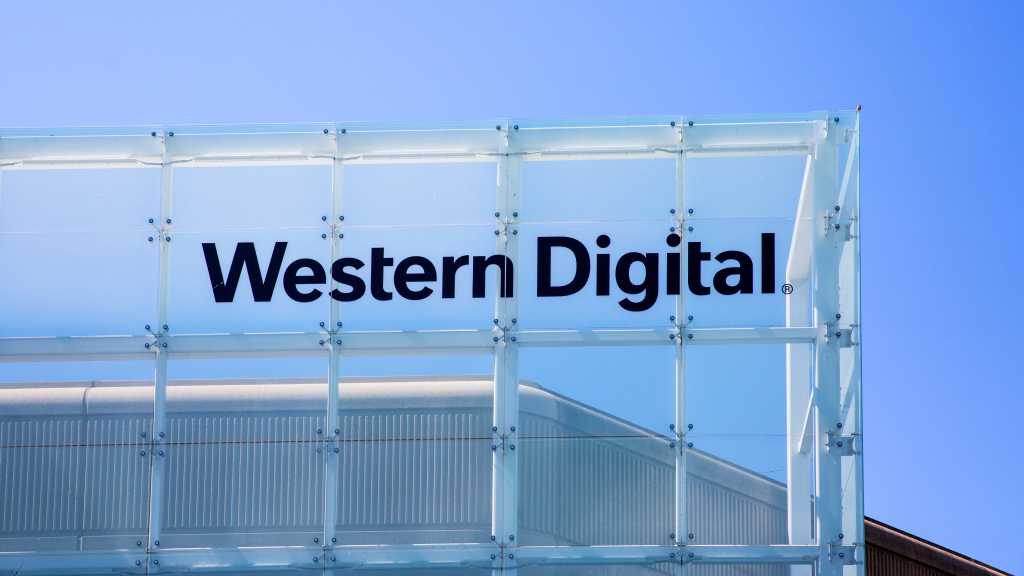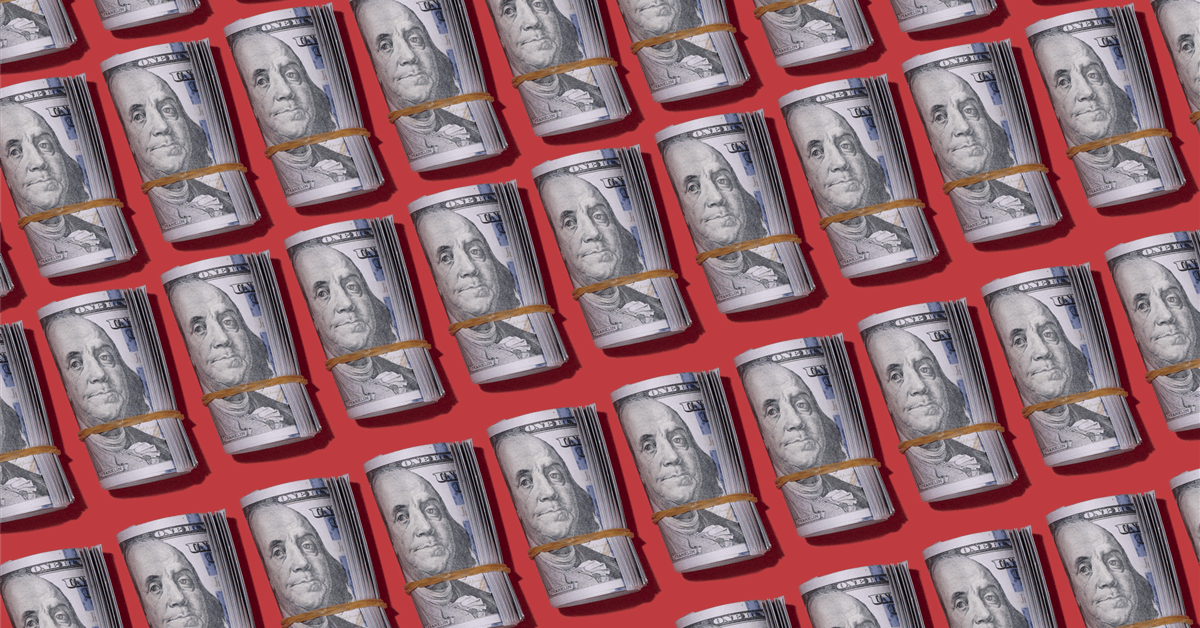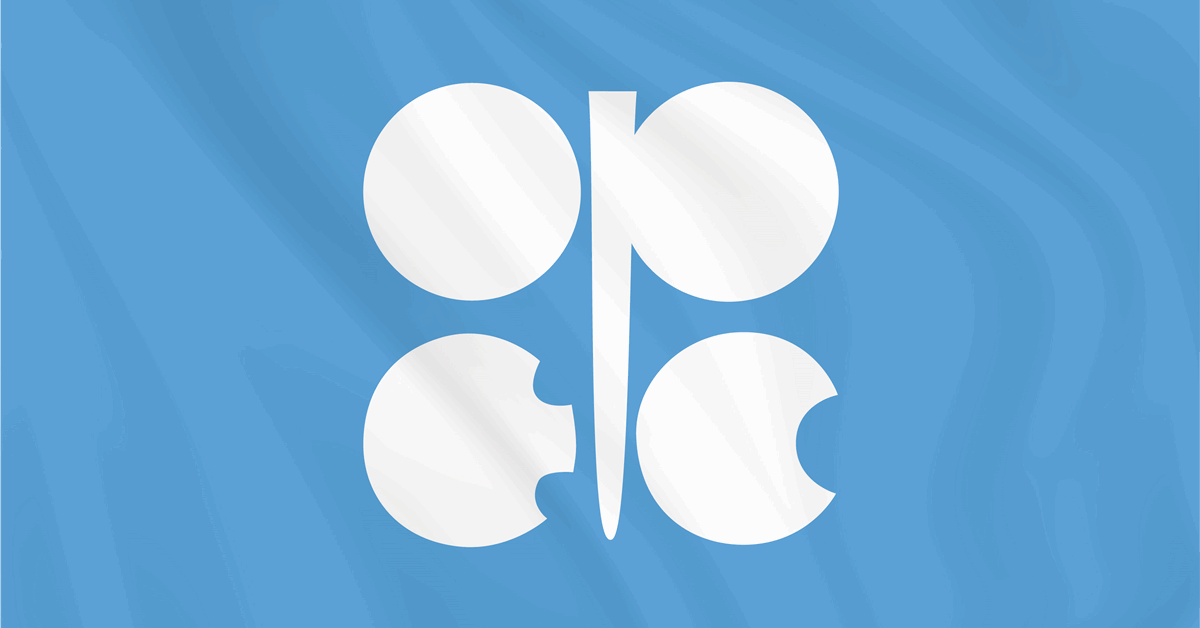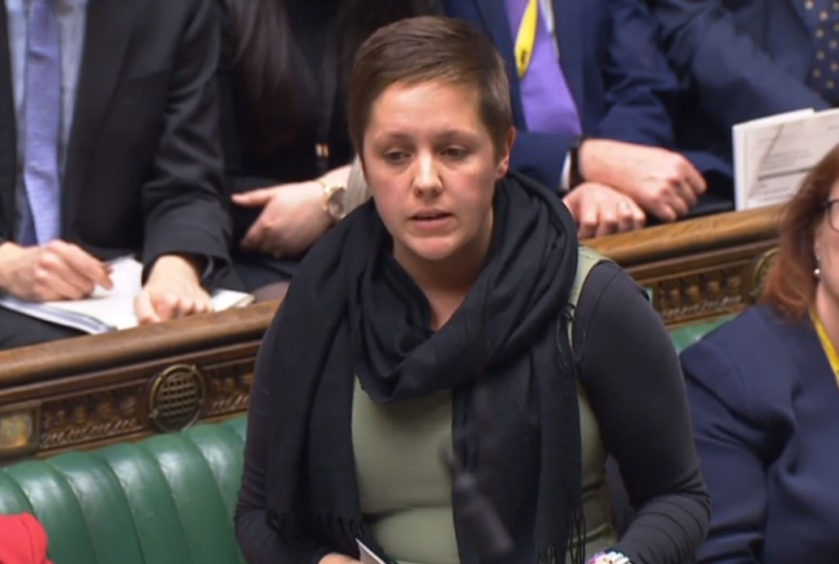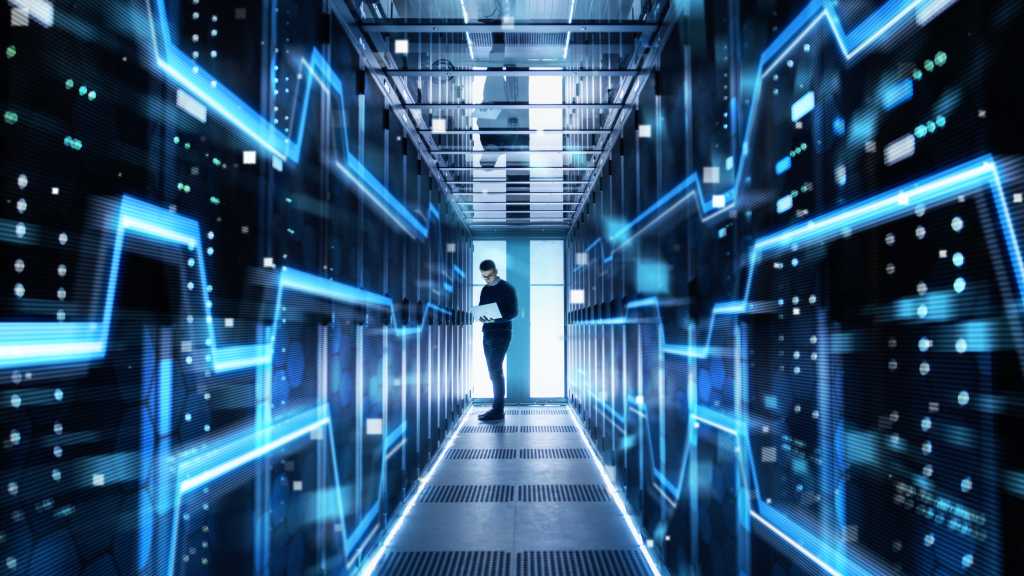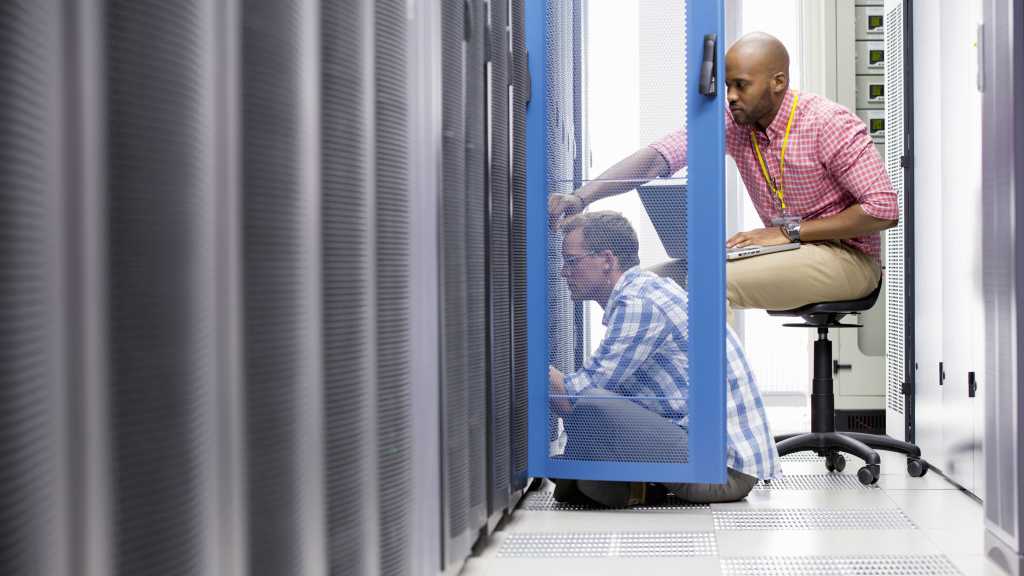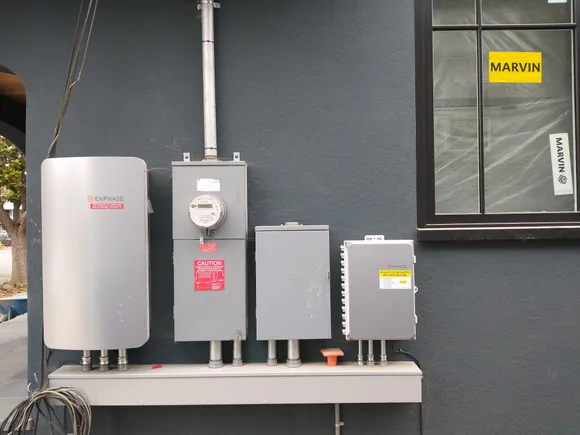
Dive Brief:
- Enphase Energy expects to absorb most of the impact of the Trump administration’s China tariffs this year as it works to line up non-China battery cell supplies by early 2026, CEO Badri Kothandaraman said Tuesday on the company’s first quarter earnings call.
- Though Enphase could raise battery prices by 6% to 8% later this year, it plans to bear the brunt of triple-digit duties on cells and other battery materials imported from China, which Kothandaraman said accounts for 90% to 95% of global battery cell supply.
- Enphase reported a 13% decline in U.S. revenue from Q4 2024 due to seasonality and softening demand, it said, amid broader uncertainty around U.S. trade policy and the fate of U.S. tax credits that benefit domestic battery manufacturers and installers.
Dive Insight:
Enphase’s geographically diversified manufacturing base provides some tariff protection for non-battery products, such as microinverters and electric vehicle charging equipment, Kothandaraman said on the call.
Its battery business does face significant cost increases due to China’s dominance of the battery supply chain, however. Though the company makes about 25% of its batteries in the United States and plans to further increase that share, it remains reliant on China-made cells for now, Kothandaraman said.
U.S. battery distributors and energy storage developers were already bracing for higher import duties on Chinese inputs thanks to an expected increase in tariffs imposed during the Biden administration — but the 145% duty on a range of Chinese imports far exceeds the double-digit tariffs Trump threatened during the 2024 campaign. Administration officials suggested this week that China tariffs could decline to 50% to 65% in the near term without offering details on the timing or scope of the potential change.
Looking ahead, Enphase must weigh the impacts of import duties against the higher cost of U.S. manufacturing, Kothandaraman said. With tariff costs added in, there’s not much difference, he suggested.
“So whether we make it domestically or outside the U.S., our costs are becoming approximately the same,” he said.
But with limited battery cell manufacturing capacity in the U.S. and emerging alternatives in lower-cost countries not impacted by the punitive China tariffs, Enphase believes it can reduce its final costs relatively soon by reconfiguring its supply chains to reduce China exposure, Kothandaraman said. Enphase has already identified “multiple sources” of cells outside China and is actively working to qualify them, he added.
“We are absorbing the impact because we think we can decouple this effect in two to three quarters,” he said.
A significantly lower overall system cost for Enphase’s 10-kWh fourth-generation battery, which the company is rolling out this year, could further mitigate price impacts for customers even with the battery being manufactured overseas, Kothandaraman said.
“The battery itself might go up in price, but the overall system cost reduction is quite tremendous,” he said.
Enphase’s U.S. business also faces uncertainty as Congress considers repealing or sunsetting Inflation Reduction Act tax credits that have spurred billions in U.S. manufacturing investment. Administration officials say the tax bill that would incorporate those changes could pass sometime this summer.
Kothandaraman compared the federal policy situation to the “abrupt” but not catastrophic impact of California’s NEM 3.0 net billing policy, which pulled forward residential solar demand while spurring a longer-term increase in battery attachments. Enphase competitor Sunrun said earlier this year that 89% of the residential solar systems it installed in California in Q4 2024 had batteries attached.
Despite softening U.S. demand in the first quarter and continued policy uncertainty this year, Enphase is bullish on distributed batteries’ usefulness for backup power, Kothandaraman said. The company expects backup installations for the fourth-generation battery to be nearly as strong as grid-tied installations, he said.

